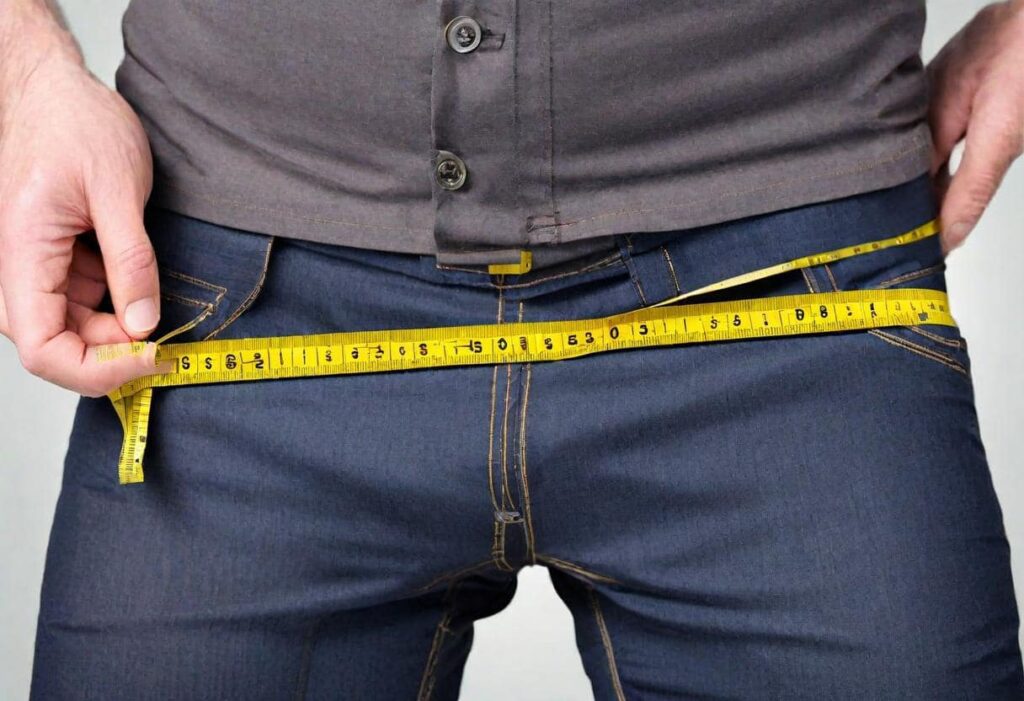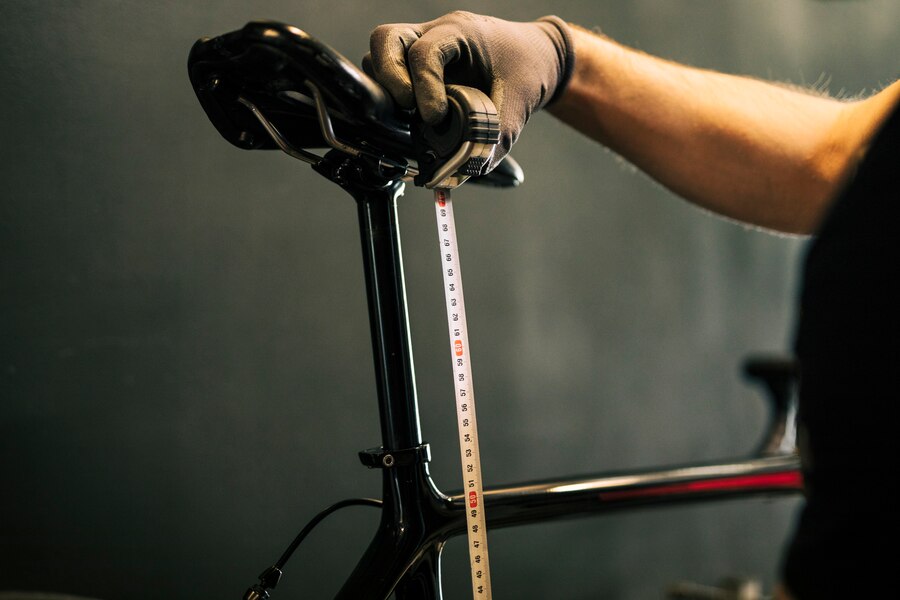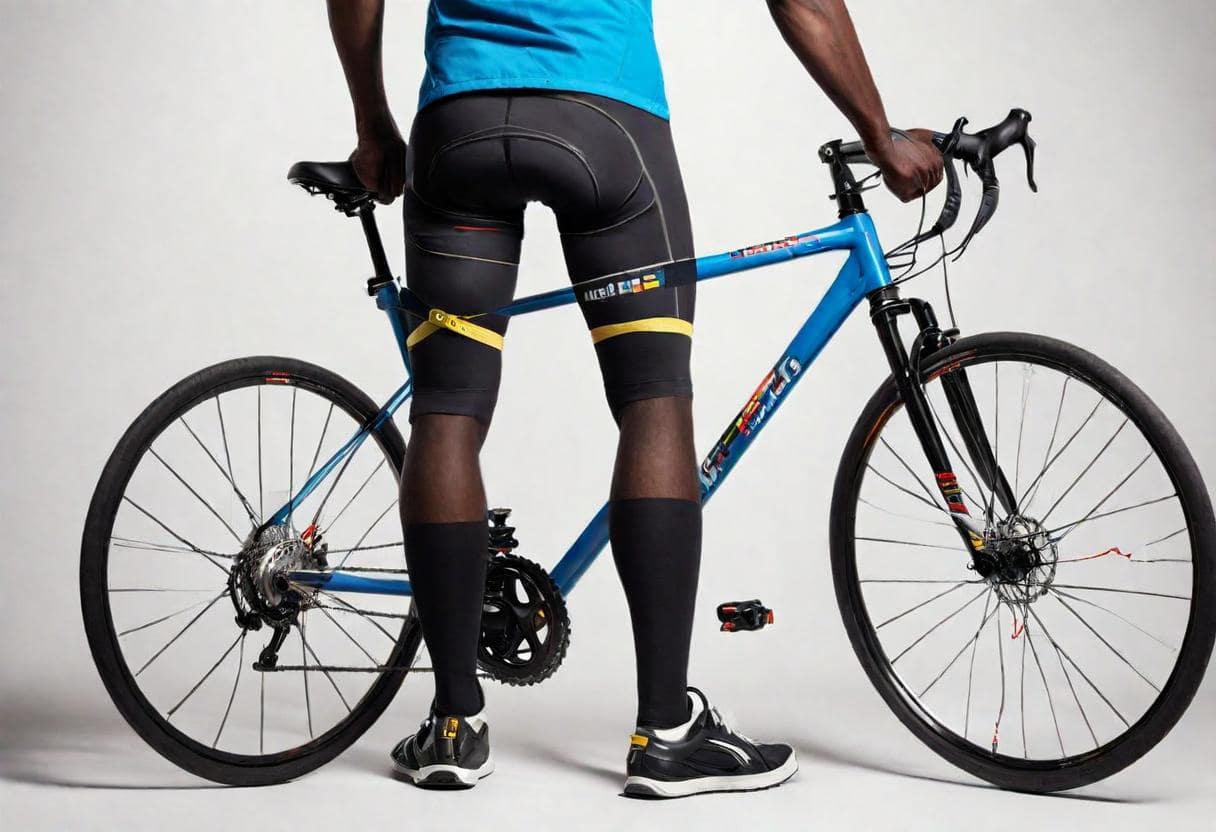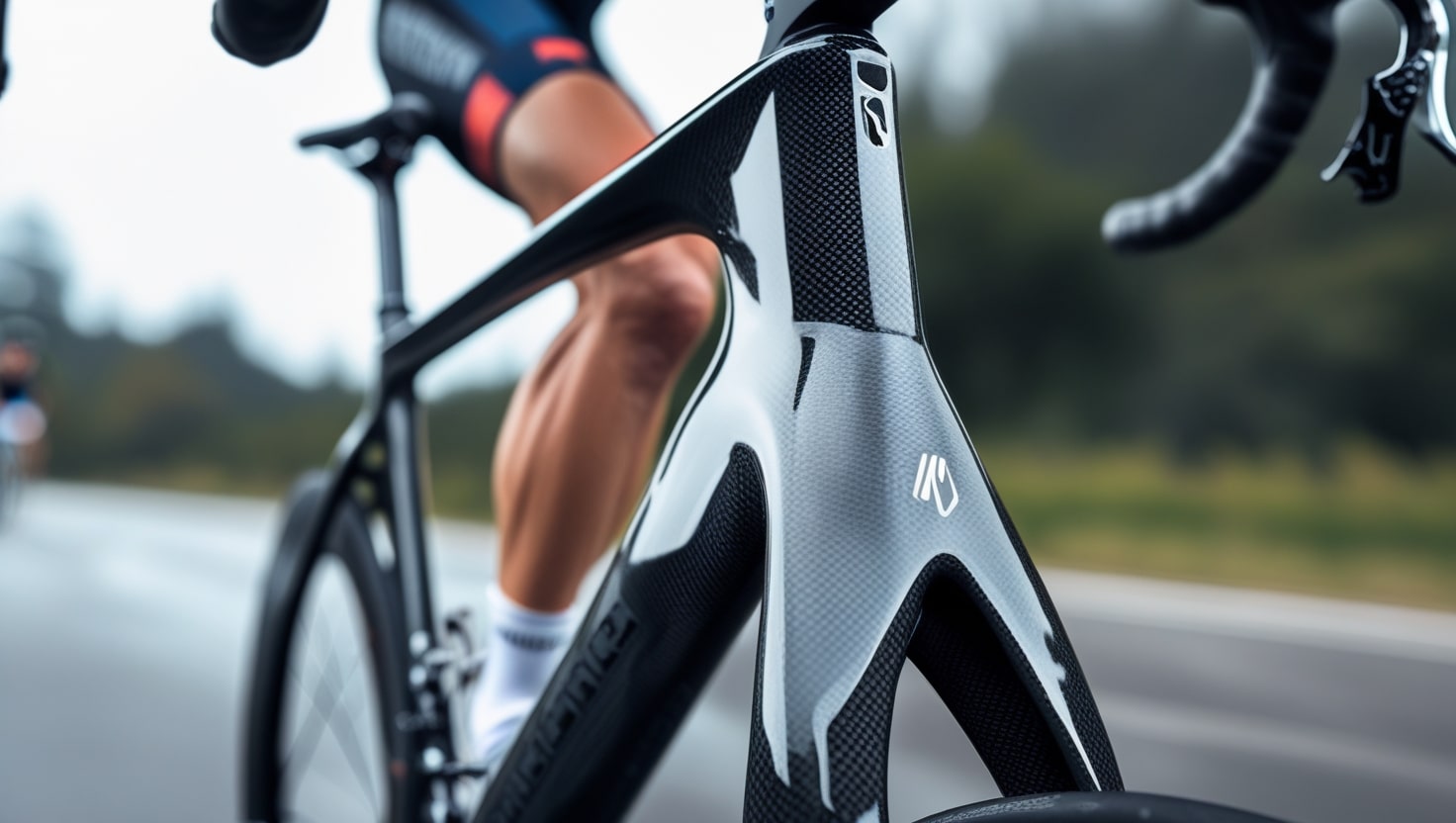Finding the right bike begins with understanding that rider height is only part of the equation. Because people have different torsos and legs lengths, simply going by a standardised system isn’t enough. The cycling industry doesn’t have a one-size-fits-all approach, and the same frame size from one brand might not fit the same as another. This is where the inseam measurement comes into play. It’s not just about how long your jeans are; your inseam length directly affects how well a bike’s geometry and standover height will suit you.
To get started, how to measure inseam for bike at home. This is the first step in choosing a bike that’s perfectly suited to your unique build. You can do this with a friend or by yourself using simple household items. Different brands may guide you with size charts, but accurate measuring ensures the frame size will match your needs. Make sure the geometry and frame design of the bike correspond to your measurements, and you’ll avoid a lot of discomfort and potential issues. Doing your homework on this is essential, as a well-measured inseam leads to a more comfortable and enjoyable ride.
Related: How Are Bike Frame Sizes Measured
Materials
Collect these items before you begin.
- Start by using something to mark the wall where you’ll be measuring, like a pen, pencil, blue-tack, or a bit of masking tape; any of these will work as an example.
- Take a hardcover book with a rigid spine or a spirit level that’s long enough to help you see the bubble clearly, ensuring accuracy in your measurement.
- Next, grab a tape measure or a piece of string to measure the length; if you’re using string, you can measure it after.
- Finally, have a scrap of paper nearby to record your results so you don’t forget your measurements.
How to measure inseam for bike

To accurately measure your inseam, the first step is to find a closed door or some free wall space where you can comfortably stand with your back against it. This ensures your measurement will be precise, as the fixed wall or closed door helps you remain standing straight.
Next, remove your shoes; being barefooted or wearing stocking feet is fine. Have a marking instrument ready, such as a measuring tape or a piece of string—whatever is handy. If you have a friend helping you, ask them to hold these items for you while you get into position.
With your back against the wall and your feet flat on the floor, spread them shoulder-width apart. Take a book or spirit level and place it between your legs, then slide it up to your groin until it’s in close contact with your body, almost as if you’re sitting on a saddle. Make sure the entire length of the book is directly touching the wall. If you’re using a spirit level (my preferred method for accuracy), check the bubble to ensure it’s parallel to the ground.
Once everything is aligned, firmly hold the book or spirit level in place. A friend can also help by doing this while you advance slightly to mark the point of contact on the wall. Then, step away and measure the height from the floor to your mark. For greater accuracy, it’s best to repeat this process three times. Finally, use elementary math to calculate the average—and there you have it, the length of your inseam.
Related: How to Size a Road Bike
Now what?
Now that you’ve completed your inseam measurement, it’s time for the fun part—looking for your future bike, your perfect soulmate on two wheels. If you already have a brand or model name in mind, that’s a great place to start. For those who prefer a more detailed approach, you can even do an advanced search by numbers on certain websites, though this might require a small fee. Keep in mind that bike sizing can vary depending on the type of riding you plan to do and your level of experience. For instance, mountain bikes usually have different geometry compared to a competition road model. Advanced riders and beginners will also have different needs when it comes to finding the right bike.
After you’ve made your choice, compare your calculation with the frame’s standover measurement to find your ideal size. This is your starting point. You’ll typically find this metric about halfway down the list of figures provided. This number tells you how much of an inseam a rider needs to comfortably standover the bike. When you’re not riding, you should be able to straddle the bike with ease, with both legs on the ground, like when setting out, stopping at red lights, or in the event of a crash. If you’re not sure about the fit, try the simple test of checking if you can place at least two fingers between yourself and the frame. If you can, you’re likely good to go; if not, you might want to try the next size down.
Other important factors like your overall height, reach, and stack will also help determine which frame size is best for you. Measuring your inseam is an ideal place to start.. From here, your local bike shop or a fit professional can provide further help to make sure you get the perfect fit for your riding style and needs.
Related: How to Measure for Bike Helmet
Ride before you buy

When it comes to finding the right bike, numbers are important, but they’re just that—numbers. The best method to ensure a perfect fit is by actually trying the bike before you buy it. Once you’ve nailed the geometry that suits your body, adjusting other components like the saddle position, height, stem length, and handlebar width will help to dial the bike into your unique anatomy. This is particularly important if you’re new to riding or have signed up for a special event like an endurance ride or a grand fondo in the coming months.
Investing in a professional bike fit is another smart move. While it may cost some money, it’s an investment in yourself that can make your entire experience more enjoyable and help protect you from injury. Depending on where you’re purchasing your bicycle, the cost of a professional bike fit might be subtracted from the final price. Some shops even offer a healthy discount on accessories like a helmet, riding clothing, tools, or even a car bike rack. These discounted totals can really add up, often covering the cost of the fit session.
If you’re purchasing your bike online, it’s crucial to read the fine print regarding the trial and return policy to avoid any surprises. If the brand you’re interested in doesn’t have a physical showroom, be sure to check rental locations near you—you might get lucky and find the exact model or brand you’re looking for.
FAQs
How do you measure your inseam for a bicycle?
To measure your inseam for a bike, stand with your back against a wall and place a book between your legs. Slide it up to your groin until it’s firmly in contact. Ensure the length of the book touches the wall. Use a tape measure to check the height from the floor to the top of the book. This is your inseam measurement, a critical step in finding the right bicycle fit.
What size bike for 32 inch inseam?
For a 32-inch inseam, you’ll likely need a bike with a frame size around 54-56 cm. This size typically suits riders with a 32-inch inseam, providing the right standover height and comfort. Ensure you also consider the geometry of the bicycle and adjust the saddle and handlebars to match your anatomy. Always measure your inseam accurately to find the perfect fit for your riding style.
Is bike inseam the same as pant inseam?
While a pant inseam and a bike inseam may seem similar, they serve different purposes. The bike inseam is measured from your groin to the ground, considering your riding position and the geometry of the bicycle. In contrast, a pant inseam only accounts for how pants fit. To find the right bike fit, it’s crucial to accurately measure your inseam specifically for cycling.
What size bike is inseam 28?
For a 28-inch inseam, a bike with a frame size of about 47-50 cm is typically a good fit. This size ensures proper standover height and comfort while riding. It’s crucial to match your inseam with the right bike size to achieve the best geometry and riding experience. Always measure your inseam accurately before choosing a bike to ensure the perfect fit.
How tall are you if your inseam is 28 inches?
If your inseam is 28 inches, you’re likely between 5’2″ and 5’4″ tall. This measurement helps in choosing the right bike size by ensuring the frame fits your body proportions. Keep in mind that the inseam is a key factor in finding the proper bike geometry and comfort while riding, so always measure accurately to match your height.
What height is a 27 inch bike for?
A 27-inch bike typically refers to the wheel size, not the frame size. Bikes with 27-inch wheels are generally suitable for adults over 5 feet tall. However, the specific frame size still needs to be matched to the rider’s inseam and height for the best fit.A 27-inch bike is generally suitable for someone with a height between 5’9″ and 6’0″. This size refers to the frame and is essential for ensuring a comfortable riding experience. Matching your height to the correct bike size allows for better control and stability. When selecting a bike, consider both your inseam and overall height to find the perfect fit.








